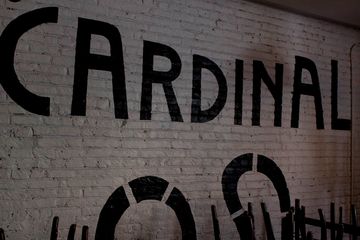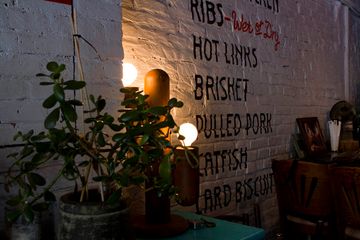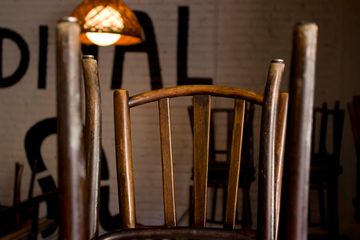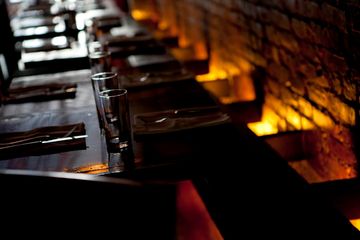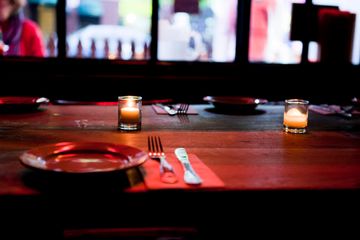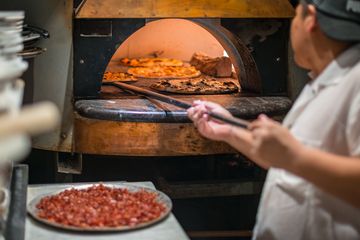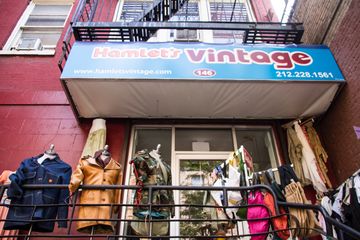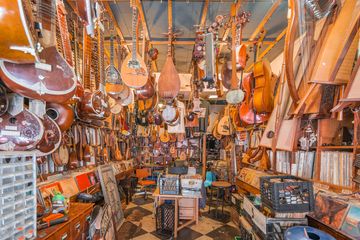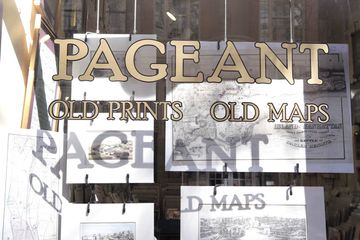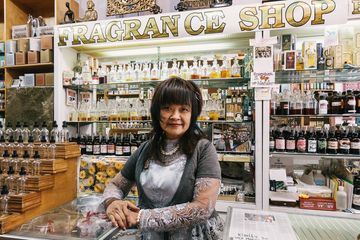It was a humble entrance that guided me into Gnocco, a space with tables barren of cloths, waiters devoid of ties, and the owner leaning against a wall in a casual tee-shirt and jeans. Upon closer look, I noticed framed photographs of the East Village in the 1980s taken by Michael Sean Edwards, fresh, savory pizza being tossed and fired in the room next door, and a backyard dining area where greenery intermingles with twinkling lights. When Modena native Gian Luca Giovanetti first opened Gnocco with Pierluigi Palazzo in 2000, customers did not understand why veal parmigiana, spaghetti and meatballs, and fettucine alfredo were not on the menu. “We are Italian, ” Gian explained (in his wonderful accent), “and those dishes are not from where I’m from. ” Modena lies in the Emilia-Romagna region of northern Italy where the cuisine differs from the southern Italian food most Americans are used to. Having already run a successful restaurant back home, Gian knew how to make good food, and would not compromise his menu. “I told them to just sit down, and if you don’t like it, you’re not gonna pay. ” They paid. Part of the reason for Gnocco’s sustained success are the niche that it fills. For the neighborhood, the restaurant bridges a gap between refined dining and fast food - it is an eatery “for every pocket. ” And for Gian, the restaurant brings him closer to his childhood and family. The gnocco, filled and fried pockets of dough, was a dish his grandmother would prepare, and it was his mother who recruited a team of four other ladies to perform “quality control” during the restaurant’s early beginnings. Even his son, who spends the school year in Italy, takes to the kitchen when he visits Manhattan in the summertime. While Gnocco may be Gian’s only current endeavor, he has had a hand in quite a few other places in the East Village. Perbacco was an Italian wine bar that was given two stars by the New York Times, Caffe Emilia offered casual Romagna food, like Italian clubs, to the neighborhood, and Café Pick Me Up, probably the most devastating closure, after twenty years and a rent surge, has lived on through Gnocco’s extended menu and hours.
